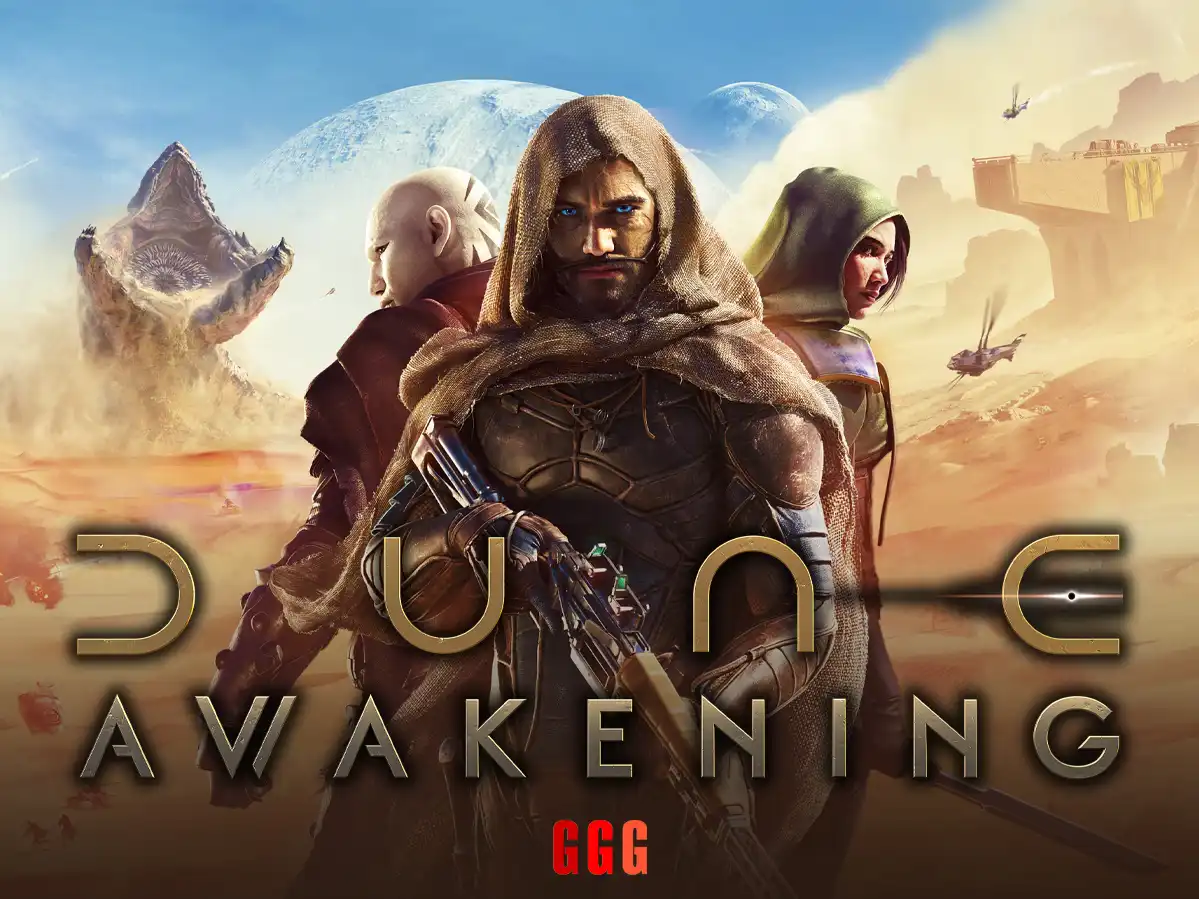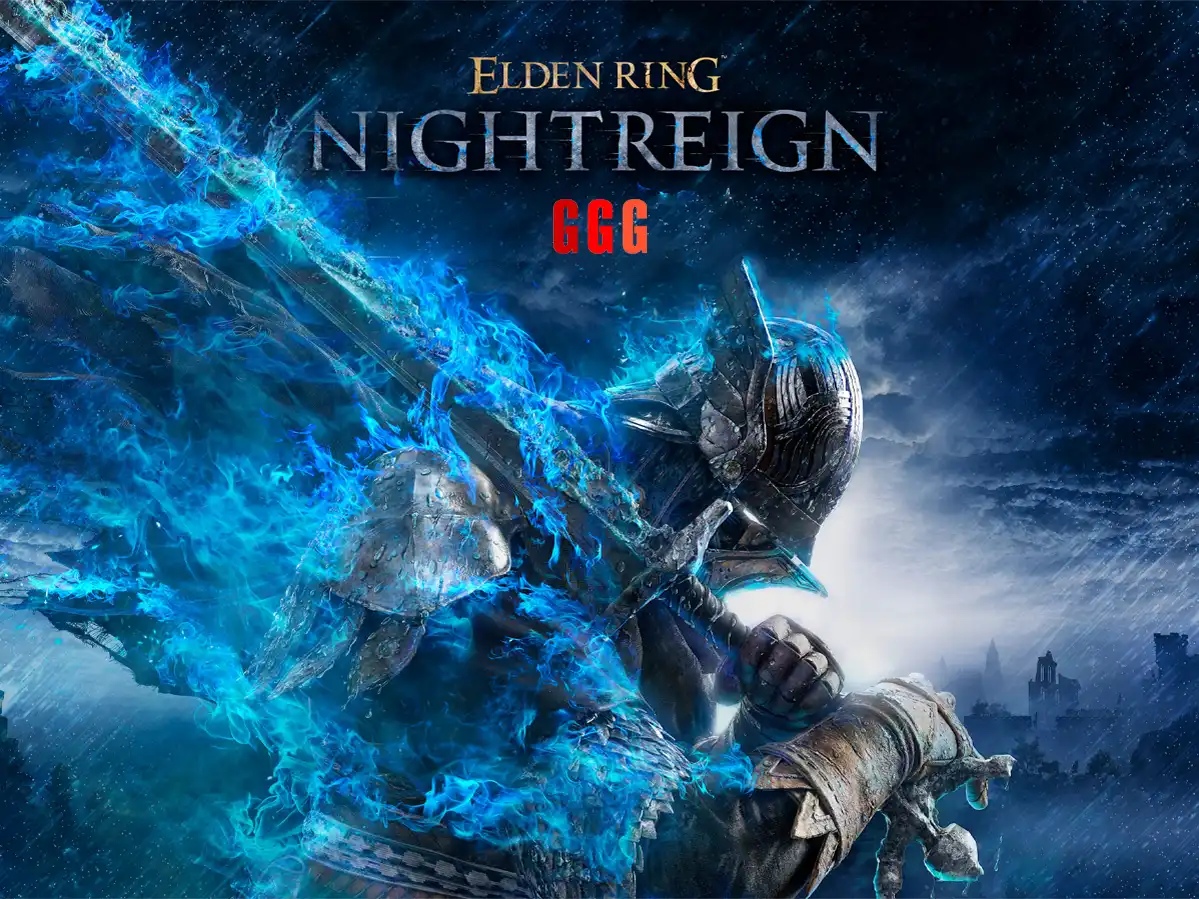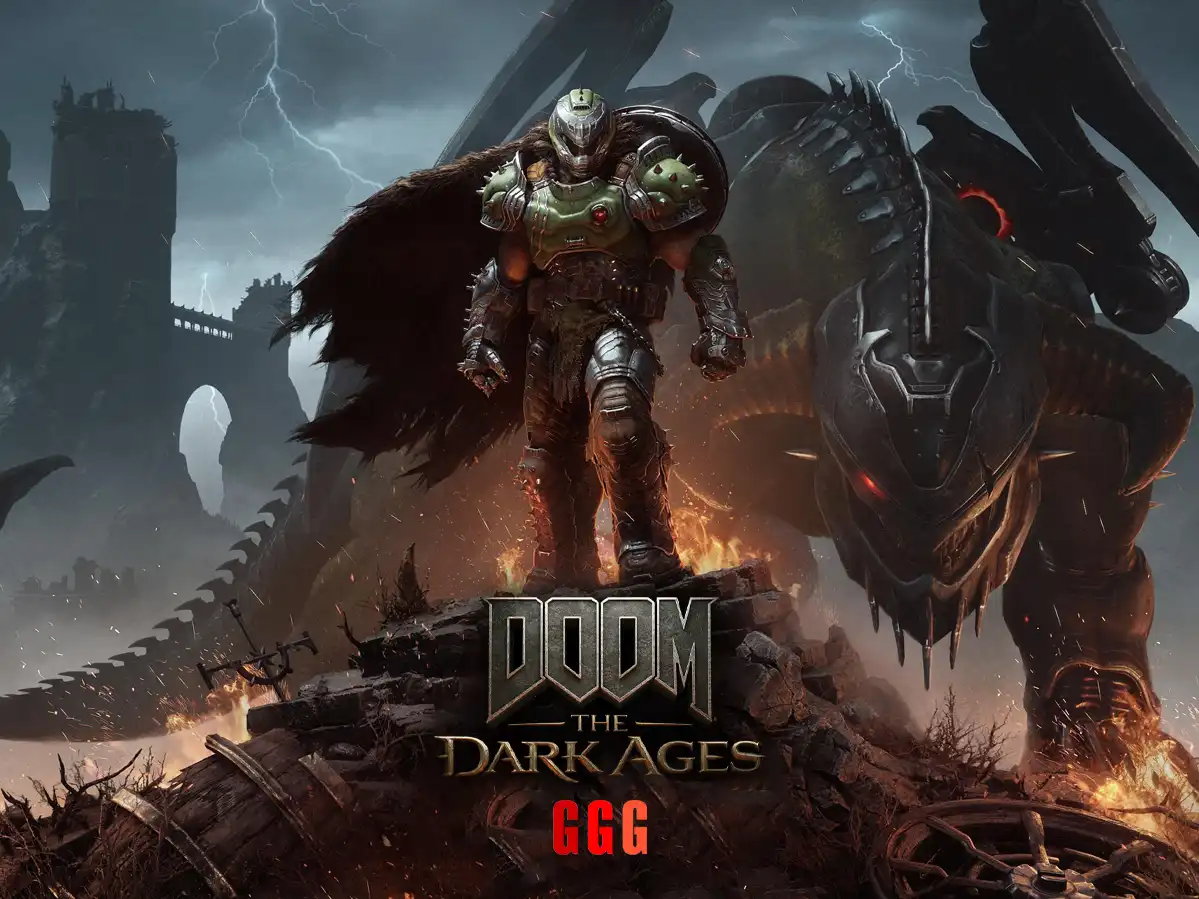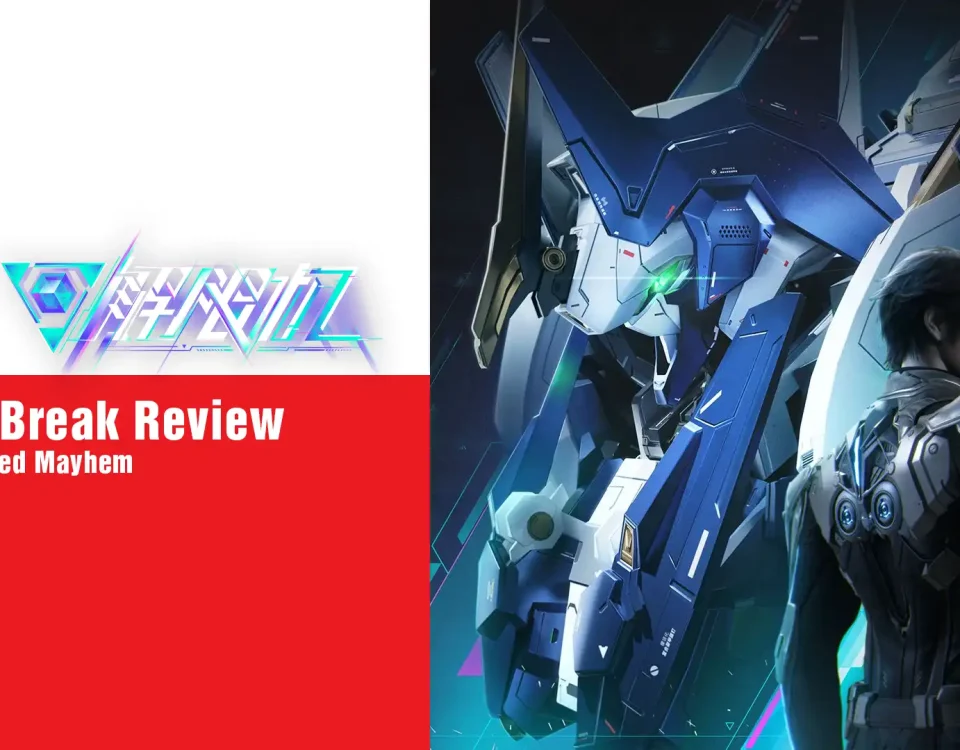Dynasty Warriors: Origins, Game Review
Dynasty Warriors: Origins is the newest installment in the long-running Dynasty Warriors series. Initially introduced as a pair of fighting games, the franchise eventually evolved into the iconic hack-and-slash "musou" subgenre, beginning with Dynasty Warriors 3. During its golden era on the PlayStation 2, developer Omega Force solidified its place in gaming history, not just with this franchise but also through spinoffs like Samurai Warriors, the Orochi series, and crossovers with popular IPs like Dragon Quest, Fire Emblem, and The Legend of Zelda. But does this latest entry rise to conquer the battlefield or fall victim to an unforeseen ambush?
Stay tuned as gggamer uncover the secrets of this thrilling game!
The Influence of Romance of the Three Kingdoms
The Dynasty Warriors games draw inspiration from the legendary 14th-century novel Romance of the Three Kingdoms. This mythicized account details the tumultuous period from the collapse of the Han dynasty to China's eventual reunification under the Jin dynasty. While rooted in history, the narrative elevates its characters to near-mythical status—transforming generals into demigods and strategists into seemingly supernatural masterminds.

With a plethora of (semi-)historical figures to choose from, Origins takes an unexpected turn by centering on an original character, Ziluan. This silent, amnesiac warrior with mysterious powers could have been a compelling addition. However, the lack of charisma in Ziluan’s portrayal dampens the impact. Displaying little emotion beyond a single instance, Ziluan's interactions are largely limited to curt nods, and dialogue often feels like filler rather than meaningful progression.
Dynasty Warriors: Origins Combat and Gameplay
For many, storytelling has never been the main draw of Dynasty Warriors; the real heart of the series lies in its massive, chaotic battles. While earlier entries offered a vast roster of playable characters, Origins deviates by restricting players to Ziluan. Familiar fan-favorites from past games appear only as secondary characters or sidekicks.

To offset this limitation, Ziluan boasts an arsenal of combat options unmatched by previous Dynasty Warriors protagonists. Players can wield nine different weapons, each with unique movesets, alongside Special Arts powered by Bravery, squad-based Tactics, and the classic Musou Attack—a devastating move capable of obliterating hordes of enemies. Mastering these tools is essential, as they interplay strategically: Bravery and Musou charge during attacks (or in Musou's case, when taking damage), while Tactics operate on cooldown timers.

Enemy officers introduce an additional layer of strategy with their Fortitude mechanic, represented by shields over their health bars. Depleting Fortitude makes them vulnerable to an Assault, dealing significant damage. Perfectly timed blocks and parries also become crucial for success, rewarding players by weakening enemies and creating opportunities for counterattacks. This emphasis on timed combat challenges raises the stakes, as battles are often races against the clock, where victory depends on precise execution and target prioritization.
Large Scale Warfare

One of the standout additions in Origins is the inclusion of Large Forces, which bring a sense of grand-scale warfare to the franchise. Unlike the smaller skirmishes of previous games, these battles feature two massive armies clashing in real-time. Players must weaken enemy forces by targeting key officers while juggling allied objectives to maintain morale. While thrilling, the sheer scale can sometimes feel overwhelming, making it difficult to focus on specific enemies or execute precise maneuvers.
Dynasty Warriors: Origins Exploration and Character Progression

Outside of combat, Origins integrates RPG elements and an explorable world map inspired by strategy games. Players can traverse cities, purchase weapons, craft upgrades, and accept side missions. Character progression revolves around mastering different weapons to increase proficiency, which boosts Ziluan's stats, unlocks skill trees, and grants additional abilities.
The map itself offers opportunities to bond with NPCs, discover hidden items, and accept challenges. While visually simplistic, it serves as a functional hub for players to prepare for battles and develop their character.
Performance and Presentation

Visually, Dynasty Warriors: Origins falls short, with graphics that feel dated compared to modern standards. However, the game makes up for this with rock-solid performance. During extended play sessions on high-end hardware (RTX 4080 Super, Ryzen 9 7900X, 32GB RAM), the game exhibited no crashes, frame drops, or technical issues. Omega Force's decision to prioritize performance over aesthetics ensures a smooth experience, even in the most chaotic battles.
The soundtrack combines dynamic rock themes for combat and traditional Chinese instrumentals during exploration, complementing the gameplay. However, voice acting is inconsistent, ranging from adequate to lackluster, which detracts slightly from the overall immersion.
Final Thoughts for Playing Dynasty Warriors: Origins

While Dynasty Warriors: Origins introduces some innovative elements, such as the Large Forces mechanic and expanded combat options, it struggles to recapture the charm of its predecessors. A lackluster protagonist, limited character roster, and a condensed narrative weaken the game’s overall appeal. Nevertheless, dedicated musou fans may find enjoyment in its fresh ideas and strategic gameplay challenges.









